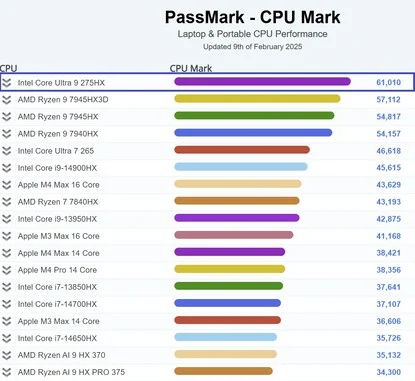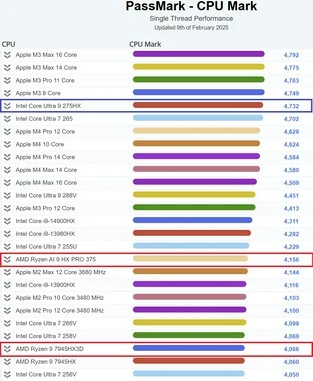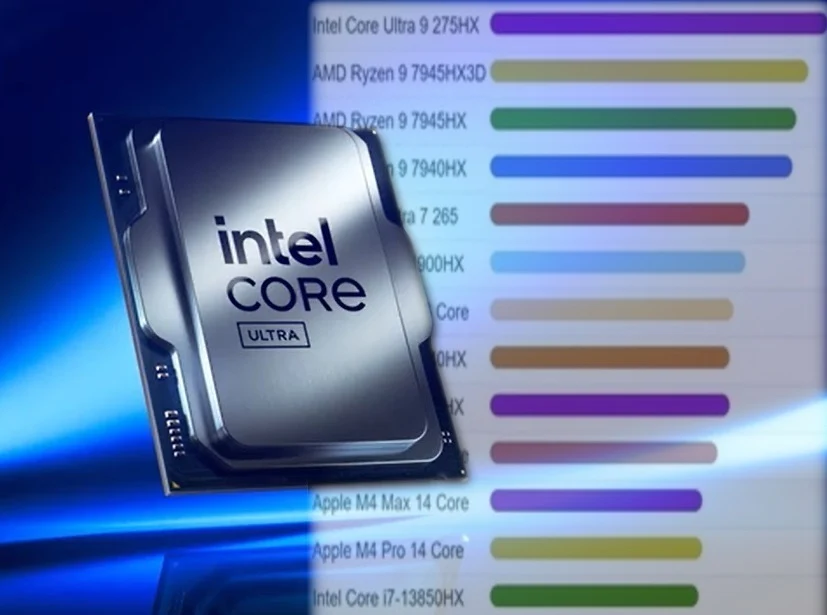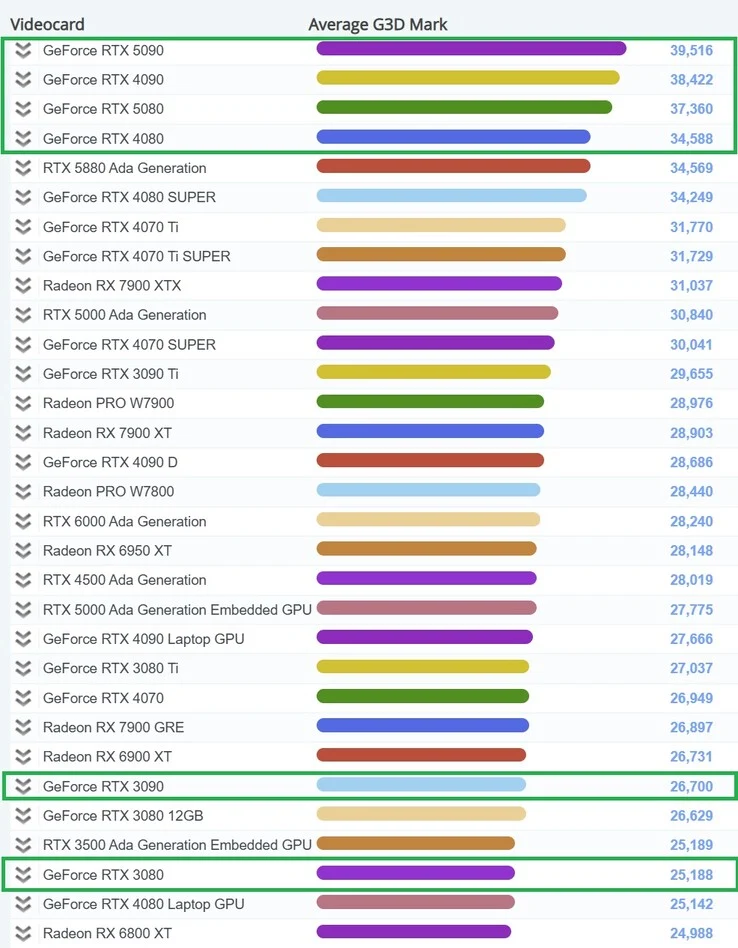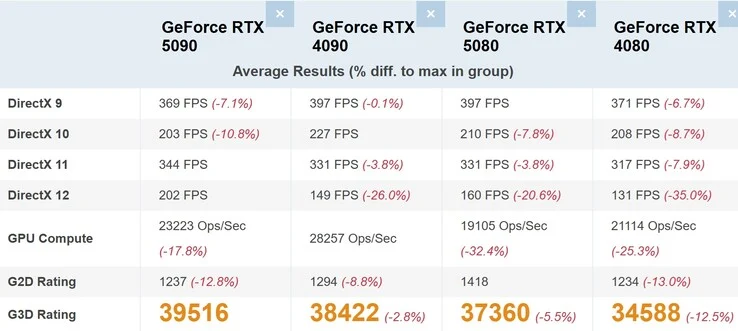An Intel Core Ultra 9 275HX processor has recently undergone testing on PassMark, showcasing exceptional performance across the entire CPU test suite. This new laptop chip has taken the lead in the CPU Mark rankings for mobile processors with an impressive score of 61,010, which is +6.83% higher than the AMD Ryzen 9 7945HX3D. The specific laptop used for testing this 24-core powerhouse has not been disclosed, but it is rumored to be associated with high-performance models such as the Asus ROG Strix Scar 16, Lenovo Legion Pro 7i Gen 10, and the MSI Vector 16 HX AI.
Single Thread Performance Insights
Despite its remarkable performance, the Core Ultra 9 275HX has not yet claimed the top spot for single thread performance, which is typically a strong suit for Intel. Competing Apple chips, such as the M3 Max 16 Core, M3 Max 14 Core, M3 Pro 11 Core, and M3 8 Core, have kept the Arrow Lake-HX chip from reaching the top of the rankings. These Apple processors appear to be specifically tuned for this type of benchmark test, even surpassing their M4 successors. Nevertheless, only one sample has been tested, suggesting that the Intel Core Ultra 9 275HX still has the potential to disrupt the current standings.
Multi-Core Performance Comparison
As many PC fans are aware, AMD places a strong emphasis on multi-core processing capabilities, so it’s no surprise that the Intel chip, which can reach 5.4 GHz, leads the single thread performance rankings against the Ryzen 9 7945HX3D. The Intel Core Ultra 9 275HX boasts a significant +16.4% advantage over AMD’s contender, and it maintains a +13.9% lead over the closest AMD competitor in this benchmark, the awkwardly named Ryzen AI 9 HX PRO 375. In terms of performance improvement, the Core Ultra 9 275HX shows a robust +33.7% increase over the Core i9-14900HX, which is found in laptops like the Lenovo Legion Pro 7i Gen 9, as indicated in the CPU Mark test suite.
Conclusion
Overall, the Intel Core Ultra 9 275HX stands out in its early testing, although it still faces stiff competition in certain areas. The ongoing developments in CPU technology promise exciting advancements for both Intel and AMD in the near future.
Source:
Link
